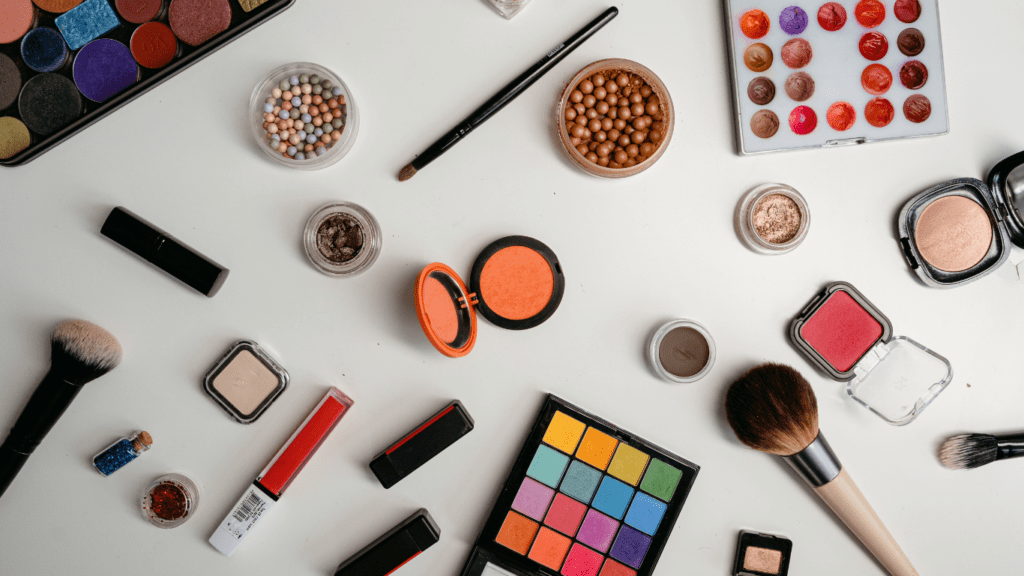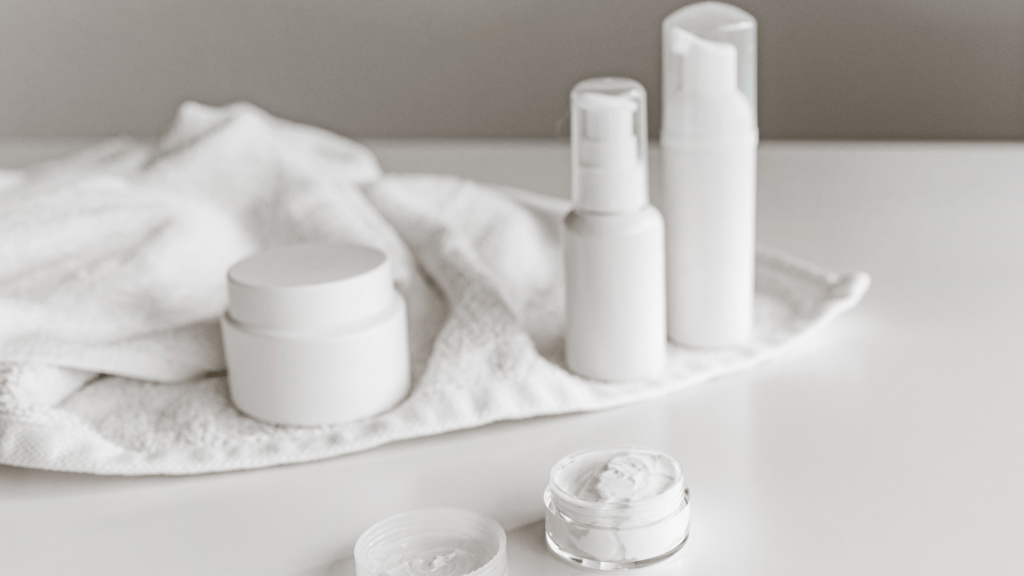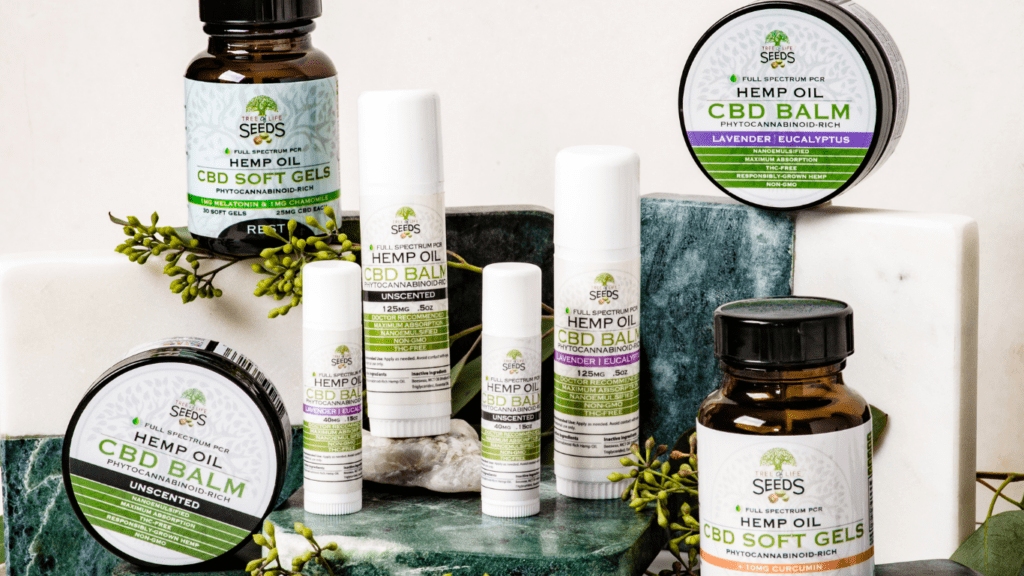Overview Of The Indie Beauty Movement
The indie beauty movement gained momentum as small, independent brands began challenging big corporations. These brands focus on niche markets and unique product offerings. They cater to consumers looking for authenticity and transparency.
Social media platforms serve as powerful tools for indie beauty brands. Instagram, YouTube, and TikTok allow these brands to build direct relationships with their audience. Influencer collaborations and user-generated content enhance visibility and credibility.
A commitment to clean and sustainable ingredients sets indie brands apart. Many consumers prefer products free from harmful chemicals and synthetics. Brands like Herbivore, Drunk Elephant, and ILIA emphasize natural formulations and eco-friendly packaging.
Indie beauty brands demonstrate agility in product development. They quickly adapt to trends and consumer preferences. This responsiveness helps them stay competitive in a fast-changing market.
A strong sense of community and consumer connection drives the indie beauty movement. These brands often develop loyal followings. Engaging storytelling and personalized customer service contribute to strong brand loyalty.
Finally, the indie beauty movement disrupts traditional retail models. Direct-to-consumer sales channels and e-commerce dominate. This allows indie brands to maintain control over their brand identity and customer experience.
Key Drivers Behind The Rise Of Indie Beauty Brands
Indie beauty brands have gained traction due to several key drivers shifting the landscape of the beauty industry. These elements collectively empower smaller brands to compete effectively with established giants.
Shifts In Consumer Preferences
Consumers increasingly demand authentic, transparent products. They prioritize brands offering clean, sustainable, and ethically sourced ingredients. A 2020 McKinsey report cited that 45% of consumers value sustainability when purchasing beauty products. Additionally, consumers prefer niche products tailored to specific needs, such as vegan, cruelty-free, or allergen-free options, driving indie brands to innovate and differentiate themselves.
Impact Of Social Media And Influencers
Social media platforms empower indie beauty brands to amplify their voice. Influencers on Instagram, TikTok, and YouTube showcase these products to millions of followers, bridging the gap between brands and consumers. For instance, a single endorsement from a beauty influencer can significantly boost a brand’s visibility and sales. User-generated content, including reviews and unboxing videos, further enhances credibility and consumer trust, making social media a pivotal tool for brand growth.
Combining these drivers, indie beauty brands effectively challenge the dominance of industry giants by leveraging authenticity, transparency, and direct consumer engagement.
Popular Indie Beauty Brands Making Waves

Independent beauty brands are significantly altering the traditional beauty landscape. Here are some noteworthy contenders.
Skincare Pioneers
Indie skincare brands emphasize clean, sustainable ingredients. Herbivore Botanicals stands out with its cruelty-free, natural formulations, including the iconic Blue Tansy Resurfacing Clarity Mask. Drunk Elephant focuses on biocompatible ingredients, delivering effective, multi-functional products like the T.L.C. Sukari Babyfacial. Youth To The People merges superfoods with science, offering items such as the Superfood Cleanser, which combines kale, spinach, and green tea.
Makeup Innovators
Indie makeup brands are pushing boundaries with innovative formulas and inclusive shades. ILIA Beauty integrates skincare into its makeup line, with bestsellers like the Super Serum Skin Tint SPF 40 providing coverage and sun protection. Glossier emphasizes natural beauty, with cult favorites like the Cloud Paint blushes. ColourPop captivates with affordable, high-quality products, offering vibrant eyeshadows and customizable palettes.
Comparing Indie Brands To Established Giants
Indie beauty brands have carved a unique space in the beauty industry, offering distinct advantages over established giants.
Differences In Innovation And Product Development
Indie brands often lead in innovation and product development, focusing on niche markets and unique formulations. Their smaller scale allows for greater agility. For example, Herbivore Botanicals quickly integrates the latest in natural ingredient research into its product line. Indie brands tend to emphasize clean, cruelty-free, and sustainable ingredients, unlike many established giants that rely on traditional formulas and extensive product lines. This focus on ethical sourcing and environmental impact resonates with modern consumers, who are increasingly aware of the ingredients in their beauty products.
Established giants have the resources to invest heavily in research and development. However, due to their large-scale operations, they face challenges in rapidly adapting to market trends. Their innovation often involves incremental improvements rather than the radical changes seen in indie brands. For instance, L’Oréal frequently enhances its existing products rather than introducing entirely new formulations, which can slow down their responsiveness.
Market Strategies And Customer Engagement
Indie brands excel in leveraging social media for marketing, creating direct relationships with their consumers. They use platforms like Instagram and TikTok to engage users through influencer partnerships and user-generated content. For example, Glossier’s successful social media campaigns and community-driven approach have built a loyal customer base. This organic marketing strategy fosters authenticity and trust, which is crucial for brand loyalty.
Established giants typically rely on traditional marketing channels, such as TV, print, and large-scale digital campaigns. They have substantial budgets for celebrity endorsements and high-profile advertising. While this approach ensures broad reach, it often lacks the personalized touch that indie brands offer. For instance, Estée Lauder’s marketing campaigns feature well-known celebrities, but they don’t provide the same level of direct consumer interaction found in indie brand strategies.
Direct-to-consumer sales channels give indie brands control over their brand identity and customer experience, enabling them to offer personalized service. In contrast, established giants usually depend on third-party retailers, which can dilute their control over the customer journey. The real-time feedback indie brands receive through their e-commerce platforms allows them to swiftly adjust their offerings based on consumer preferences.
Indie beauty brands have successfully tapped into the changing consumer landscape, disrupting traditional market dynamics with innovative, ethical products and direct, engaging marketing strategies.
Challenges Faced By Indie Beauty Brands
Indie beauty brands disrupt the market but face significant challenges in scaling and maintaining authenticity.
Scaling And Distribution
Scaling and distribution pose major hurdles for indie beauty brands. Limited resources often constrain production capabilities, making it difficult to meet growing demand. For instance, while a brand might gain popularity through social media, they might lack the infrastructure to mass-produce products quickly. Inadequate access to retail channels further complicates matters. Many large retailers prefer established brands with proven sales records, leaving indie brands to primarily rely on direct-to-consumer sales. This reliance can limit their market reach and growth potential. Additionally, indie brands face logistical challenges in ensuring consistent product quality and timely deliveries as they expand.
Maintaining Brand Authenticity
Maintaining brand authenticity remains crucial yet challenging.
- Indie brands gain traction by offering unique, transparent, and authentic products.
- Scaling up and increasing production might dilute this authenticity if not managed carefully.
- Sourcing sustainable ingredients might become difficult with increased demand, leading to compromises on quality.
- As indie brands grow, there’s a risk of losing their personal touch and direct customer engagement, which are key to their initial success.
- Balancing growth with authenticity requires careful strategic planning and constant communication with their consumer base to ensure they remain true to their core values.
The Future Of Indie Beauty Brands
Indie beauty brands continue to shape the beauty industry by challenging established giants. Their innovative approach and strong consumer connection hint at an exciting future.
Market Predictions
The indie beauty market shows robust growth potential. According to a 2022 report from Grand View Research, the global beauty and personal care market is expected to reach $716.6 billion by 2025, with indie brands driving a significant part of this growth. Consumers increasingly seek personalized and ethically sourced products, aligning with the core values of indie brands. By 2023, a majority of beauty consumers may prefer indie brands for their authenticity and transparency.
Key Drivers for Market Growth:
- Sustainability: As environmental concerns rise, more consumers favor brands using eco-friendly packaging and sustainable ingredients.
- Technological Advancements: Indie brands leverage technology for innovative product formulations and effective e-commerce strategies.
- Health Consciousness: Growing awareness about harmful chemicals in beauty products boosts demand for clean beauty alternatives from indie brands.
Potential For Collaboration With Established Companies
Collaborations between indie beauty brands and established companies offer mutual benefits. Established giants like L’Oréal and Estée Lauder can provide indie brands with the resources and distribution networks needed for scale, while indie brands bring innovation and a fresh perspective.
Examples of Successful Collaborations:
- Drunk Elephant and Shiseido: In 2019, Shiseido acquired Drunk Elephant, providing it with the infrastructure for global expansion without compromising its brand ethos.
- Too Faced and Estée Lauder: Estée Lauder acquired Too Faced in 2016, allowing the indie makeup brand to maintain its creative direction while benefiting from increased resources.
Such partnerships can result in products that combine the authenticity of indie brands with the resources of established giants, appealing to a broader consumer base. This synergy enhances product development, market reach, and overall brand credibility.
By optimizing these aspects, indie beauty brands can maintain their core principles while navigating growth and expanding their influence in the beauty industry.





